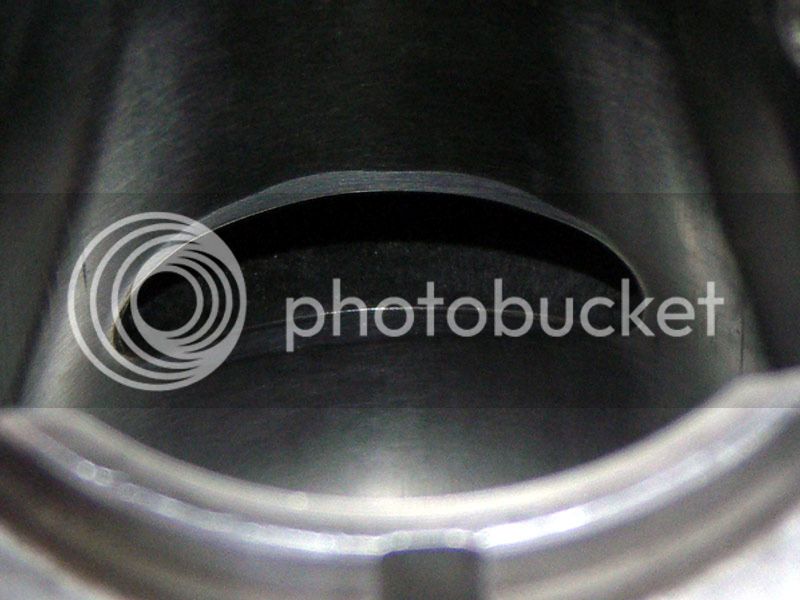SteveSr
Addicted to ArboristSite
Well after completely reading this entire thread... Yea, serious CAD here! I got some "experience" but didn't get the results I wanted.
I got some scrap 1/4 dia. hard brass rod and made a mandrel. The intention was to use my electric drill motor to turn the mandrel. Unfortunately, it only runs at 1200 RPM.
Mastermind can correct me if I am wrong but it appears that the theory of this method relies on the centrifugal force of the emery paper to slap against the cylinder and remove the transfer. This way the emery also self aligns with the cylinder and so avoids hitting any single spot and wearing through the plating. I don't think that you want to hit the cylinder with the rolled up emery paper.
Well, it appears that 1200 RPM isn't nearly enough speed to generate sufficient flapping pressure to do much good at transfer removal. I also bumped the cylinder a few times with the roll and it definitely made a mark but didn't appear to do any damage to the cylinder.
So where do I go from here? More RPM? More direct pressure?
I don't have a Foredom but do have a regular Dremel with the extension handpiece. The Dremel only takes up to 1/8" shafts which is way too small to try to split with a hacksaw to make a mandrel. Does anyone have any suggestions for split Dremel mandrels that would work well?
Thanks,
Steve
I got some scrap 1/4 dia. hard brass rod and made a mandrel. The intention was to use my electric drill motor to turn the mandrel. Unfortunately, it only runs at 1200 RPM.
Mastermind can correct me if I am wrong but it appears that the theory of this method relies on the centrifugal force of the emery paper to slap against the cylinder and remove the transfer. This way the emery also self aligns with the cylinder and so avoids hitting any single spot and wearing through the plating. I don't think that you want to hit the cylinder with the rolled up emery paper.
Well, it appears that 1200 RPM isn't nearly enough speed to generate sufficient flapping pressure to do much good at transfer removal. I also bumped the cylinder a few times with the roll and it definitely made a mark but didn't appear to do any damage to the cylinder.
So where do I go from here? More RPM? More direct pressure?
I don't have a Foredom but do have a regular Dremel with the extension handpiece. The Dremel only takes up to 1/8" shafts which is way too small to try to split with a hacksaw to make a mandrel. Does anyone have any suggestions for split Dremel mandrels that would work well?
Thanks,
Steve








